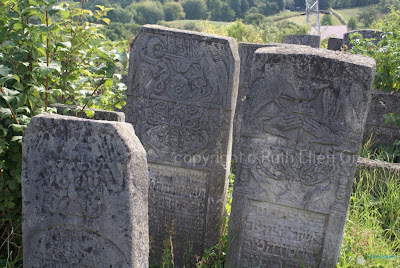 |
| Entry of former Yeshiva building, showing Hotel Ilan sign as well as sign noting its former identity. Photo: Hotel Ilan/Jewish Community Warsaw |
By Ruth Ellen Gruber
Care to spend the night in the building that once housed one of pre-Holocaust Poland's most famous and influential yeshivas?
From October you'll be able to do so, when the four-star Hotel Ilan opens in the huge building in Lublin, Poland, that once housed the Yeshivat Chachmei Lublin, founded in 1930 by Rabbi Yehuda Meyer Shapiro.
According to the Hotel's web site and Facebook page, the new hotel will include 44 rooms, four suites, a restaurant called Olive that will feature Jewish cuisine, a lobby bar, a conference center and a spa/welness center. Its logo includes the slogan “feel the tradition.”
The building is owned by the Warsaw Jewish Community, which will run the hotel. (The community already runs a guest house, Beitenu, located in the former synagogue in Kazimierz Dolny.) That synagogue was used as a movie house after World War II and was restituted to Jewish ownership in 2002. The Beitenu complex also includes a Jewish museum, Judaica and kosher shop, and a cafe.
The Yeshiva function in Lublin only until 1939. After World War II, the enormous building became part of the Lublin medical school. It was returned to Jewish ownership in 2004, and parts of it have been renovated to include a synagogue, mikvah and Jewish communal offices as well as exhibition space.









